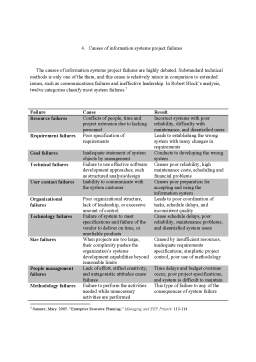Cuprins
- Introduction
- 1. A foundation for understanding ERP systems
- 2. Business benefits of ERP. Drawbacks and risks in implementing the system
- 3. ERP implementation steps
- 4. Causes of information systems project failures
- Conclusion
- References
Extras din proiect
Introduction
The purpose of this project is to present the means by which an organization deals with the information flow – financial accounting, human resources, supply chain management and customer information. Along with the evolution of the business market, the demand for a more complex software to incorporate all facets of a company appeared. Reorder point, materials requirement planning (MRP) and manufacturing resource planning (MRP-II) systems were outdate, therefore the introduction of the ERP systems in the late 1990s was highly appreciated.
1. A foundation for understanding ERP systems
Short for enterprise resource planning, ERP is a company’s management integrated system, using a software application to incorporate all aspects of the business. It helps the organization deal with financing, accounting, marketing, production planning, distribution, sales, inventory management, human resources and other operating units.
ERP software is designed to improve both external customer relationships and internal collaborations by automating and integrating tasks and activities that optimize work processes and increase user productivity, storing and accessing information when required in a real-time environment.
2. ERP implementation steps
ERP implementation includes authorizing security and permissions, so users have the access they need. Shifting data from the old system to the new system means ensuring that data to be migrated are authentic and precise, and that data bridges work. Establishing interfaces to the other systems, such as office systems, can be very important to successful operation. Documentation is provided by the vendor and should be revised. User instruction is also an important priority. Training end-users, which is critical to successful implementation, is often not extensive enough.
The controversy of whether to switch to the new system all at once, or to phase in modules gradually, is an important one. The cutover approach, known as the big bang approach, is more rapid, but there might not be sufficient assets to accomplish it. Most large firms choose to phase in modules while smaller firms can implement the big bang approach with moderate success.
Since ERP projects represent substantial time commitments and cost, many risks are involved in implementation. These can be reduced if the organization decides to implement a full merchant package. However, if the company does not choose a complete vendor implementation, then risk evaluation and analysis should become part of the implementation strategy.
Bibliografie
1. Sumner, Mary. 2005. “Enterprise Resource Planning”
2. www.tmcnet.com
3. www.unit4.com
Preview document
Conținut arhivă zip
- ERP - Enterprise Resource Planning.docx





















